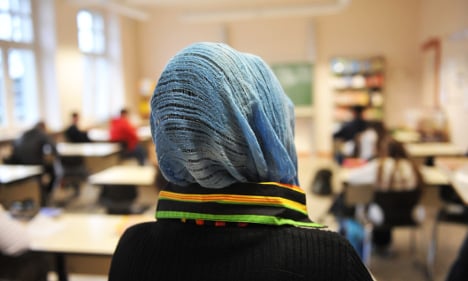On Wednesday preliminary results were released at a press conference in Berlin from the study entitled “Education, Background, Migration”. The study was conducted by the Heinrich Heine University in Düsseldorf on behalf of the Vodafone and Mercator Institutes.
Professor Heiner-Barz from the university’s department of educational research told The Local: “Many parents would rather send their children to schools with fewer migrants because they think it will harm their children’s educational opportunities.”
“Among other things, they worry that their children’s language skills will not develop properly,” he added.
Barz said the results came as a surprise. “We thought that some parents would express these concerns, but not so many,” he said.
For the study, 120 in-depth interviews were conducted with people from a variety of migrant backgrounds. All of the groups surveyed agreed that being a migrant in Germany limits your educational opportunities.
From the interviews it emerged that most first- and second-generation migrants received little educational support from their parents.
This was due to their parents’ low level of education, a lack of information on the German school system, inadequate language skills or too little money or time to properly help.
“Cultural diversity is naturally a part of life for people with migrant backgrounds and is seen as a positive,” the study’s preliminary report said. “In terms of educational participation in Germany, however – especially in deprived areas – one’s own migrant background and that of one’s children is considered a deficiency and a problem.”
The study’s project leader Meral Cerci told the Welt newspaper that parents want the German school system to be improved in two main ways.
“For one they want to be better informed,” she said. “Many are hardly familiar with the German school system and therefore choose the closest school or one where they know some of the other pupils.”
Parents would also like to see more teaching staff who themselves are from migrant families, the study found.
Full results from the study will be published in December 2014.



 Please whitelist us to continue reading.
Please whitelist us to continue reading.